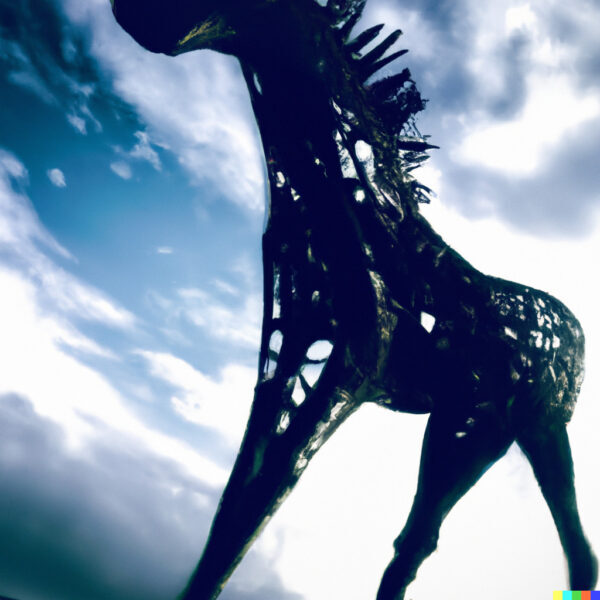Generative Art: The Intersection of Creativity and Technology
Art has been a part of human expression since the dawn of time. From cave paintings to classical masterpieces, art has been a means of conveying emotions, ideas, and experiences. In the digital age, art has taken on a new dimension with the rise of generative art. Generative art is the intersection of creativity and technology, using algorithms and code to produce unique pieces of art.
What is Generative Art?
Generative art is a form of digital art that relies on algorithms and code to produce unique and often unpredictable works of art. Unlike traditional art, which is created by the artist’s hand, generative art is created through a set of rules or algorithms that govern the creation process. These algorithms can take a variety of forms, from simple mathematical functions to complex machine learning models.
The beauty of generative art lies in its unpredictability. While the artist may set the initial parameters for the algorithm, the final product is often a surprise, as the algorithm generates variations that the artist could not have imagined.
How is Generative Art Created?
Generative art is created using a variety of tools and programming languages. Some popular programming languages for creating generative art include Processing, Python, and JavaScript. These languages provide artists with the flexibility to create unique and complex algorithms that produce stunning visual results.
Many generative artists use a combination of coding and visual design tools to create their works. For example, an artist may use a 3D modeling tool to create a basic shape, and then use code to manipulate the shape, adding complexity and variation to the final product.
Generative art can also be created using machine learning algorithms, which can learn from a dataset of images to create new and unique works of art. This approach is particularly popular in the field of style transfer, where an algorithm can learn the style of a particular artist and apply it to a new image.
The Future of Generative Art
Generative art has already made a significant impact in the art world, with many galleries and museums showcasing generative art exhibitions. As technology continues to advance, we can expect to see even more exciting developments in the field of generative art.
One exciting area of development is the use of generative art in virtual and augmented reality experiences. By using algorithms to generate 3D models and environments, artists can create immersive experiences that blur the line between art and reality.
Another area of development is the use of generative art in the fashion industry. By using algorithms to generate patterns and designs, fashion designers can create unique and customizable pieces that are both sustainable and visually stunning.
This form of art is a fascinating and rapidly evolving field that offers artists a new avenue for creative expression. By combining technology and art, generative artists are pushing the boundaries of what is possible and creating visually stunning works that captivate audiences. With the continued advancement of technology, we can expect to see even more exciting developments in the field of generative art in the years to come.
How does Generative Art differ from Digital Art and NFTs?
Generative art is often compared to other forms of digital art, such as digital painting and graphic design. While these forms of digital art rely on digital tools and software to create works of art, generative art takes it one step further by using algorithms to generate unique and unpredictable pieces.
One of the key differences between generative art and traditional digital art is the level of control the artist has over the final product. With digital painting, for example, the artist has complete control over every stroke and color used in the painting. With generative art, on the other hand, the artist sets the initial parameters for the algorithm, but the final product is often unpredictable and surprising.
Another emerging trend in the digital art world is the use of non-fungible tokens (NFTs). NFTs are unique digital assets that are stored on a blockchain and can be bought and sold like any other asset. While NFTs can be used to represent any type of digital asset, they have gained popularity in the art world as a way to represent and sell digital art.
Generative art and NFTs have some overlap, as generative art can be sold as an NFT. However, the two are not the same thing. NFTs are a way to prove ownership and authenticity of a digital asset, while generative art is a method of creating art using algorithms and code.
In the world of NFTs, the value of a digital asset is often based on its rarity and uniqueness. Generative art, with its unpredictable and unique outputs, is well-suited for the NFT market, as each piece is one-of-a-kind and cannot be replicated.
In conclusion, generative art offers a unique and exciting approach to digital art that combines creativity and technology in new and innovative ways. While it shares similarities with other forms of digital art and can be sold as an NFT, generative art stands out for its unpredictable and unique outputs, making it an exciting field to watch as technology continues to advance

